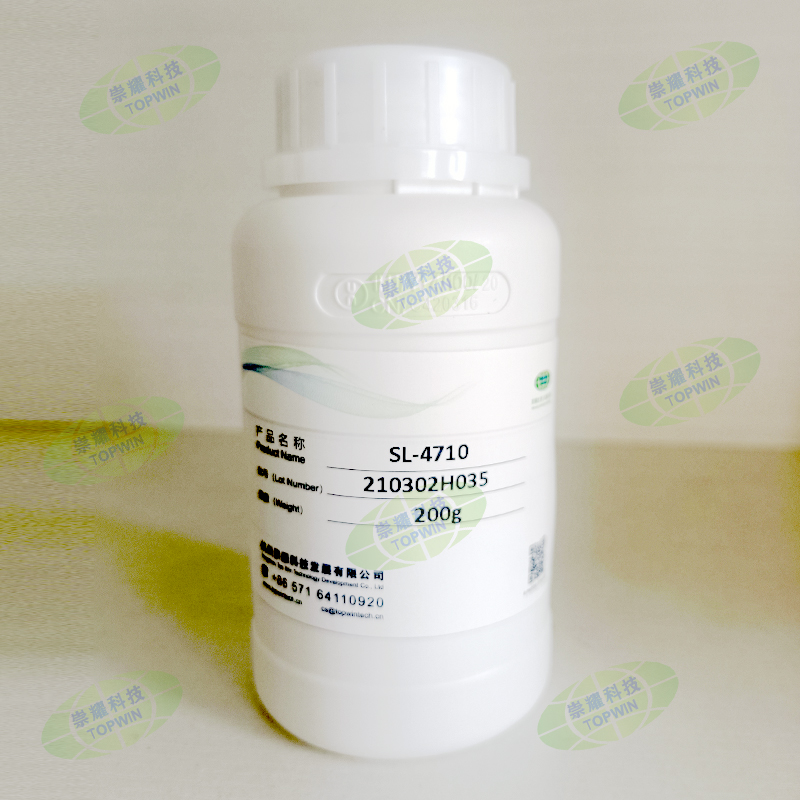
The main chain of organosilicon is highly flexible due to its basic geometric molecular structure. The intermolecular forces between its molecules are much weaker compared to similar compounds, resulting in lower viscosity, weaker surface tension, lower surface energy, stronger film-forming ability, and excellent anti-adhesion and demolding properties. This makes it suitable as a high-temperature resistant and durable demolding agent. Its low surface tension and low surface energy contribute to its various applications, such as hydrophobicity, defoaming, foam stability, anti-stickiness, lubrication, and polishing. However, silicone resin has poor compatibility with other organic materials and is challenging to mix with other organic resins.
Due to the small molecular structure and weak intermolecular forces of organic silicon polymers, the effective crosslinking density is low, resulting in generally weak mechanical strength (bending, stretching, impact resistance, abrasion resistance) for silicone resins. However, as an electrical insulation paint, coating, and adhesive, silicone resin requires mechanical properties that emphasize hardness, flexibility, thermoplastic properties, and adhesive properties. The hardness and flexibility of silicone resin films can be adjusted over a wide range to meet usage requirements by modifying the resin structure. Increasing the crosslinking degree of silicone resin (increasing the content of tri- or tetra-functional links) results in a high-hardness, low-elasticity paint film, whereas reducing the crosslinking degree yields a flexible film. Introducing larger substituents on silicon atoms can also produce a softer, more elastic paint film. Consequently, the flexibility and thermoplastic properties of methyl phenyl silicone resin are superior to those of methyl silicone resin.
Introducing benzene into silicone resin chains improves heat resistance, elasticity, pigment compatibility, and adhesion to various substrates. Silicone resins containing phenyl groups exhibit high thermoplastic properties, eliminating the need for special plasticizers. By adjusting the ratio of phenyl and methyl groups in the resin, the required hardness and other properties can be achieved. Introducing chlorophenyl groups into the main chain of organic silicone resin macromolecules improves mechanical strength, as the halogens increase the polarity of the macromolecular chains and enhance intermolecular attraction.
The main drawback of glass fiber laminates made from general silicone resin is their low interlayer shear strength. Replacing the phenyl group in the molecular chain of the silicone resin with a chlorinated phenyl group significantly improves the static bending strength of the laminated product. Introducing phenylene into the main chain of silicon oxide can improve rigidity and strength, thus increasing the usage temperature. Glass fiber laminates made from this resin can withstand long-term temperatures of 350°C and short-term temperatures of up to 480°C. At room temperature, the tensile strength reaches about 300 MPa, and the material retains excellent electrical properties at high temperatures, making it suitable for ultra-high frequency insulation material for long-term use at 350°C.
When pure silicone resin is used in certain coatings, its surface hardness is too low, its thermoplastic properties are too high, and its adhesion is insufficient. Organic modified silicone resin effectively improves mechanical properties, outperforming pure silicone resin and overcoming these shortcomings.
Pigments and catalysts can also affect the hardness and elasticity of silicone resins. Pigments accelerate the oxidation of silicone resin paint films, converting them into harder silicone glass. Using low-activity catalysts results in soft coatings due to incomplete combination reactions. Conversely, highly active catalysts (such as compounds containing Pb and Al) produce hard and brittle coatings. However, some catalysts (such as certain esters) can effectively improve the hardness of coatings without significantly reducing elasticity.